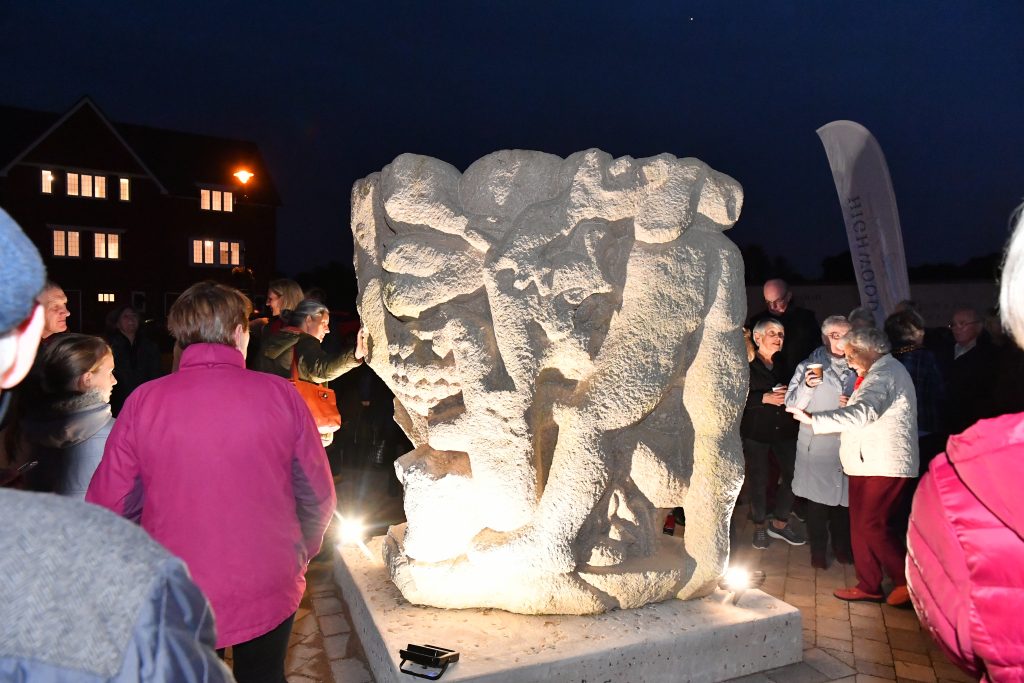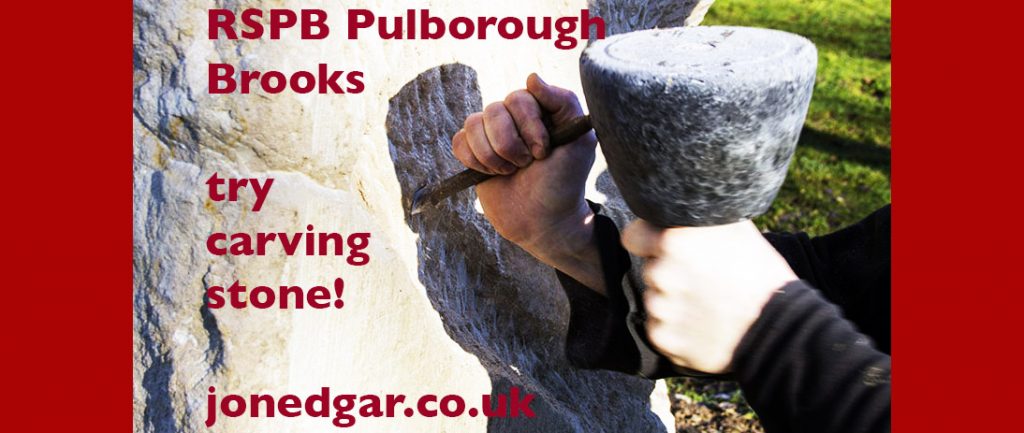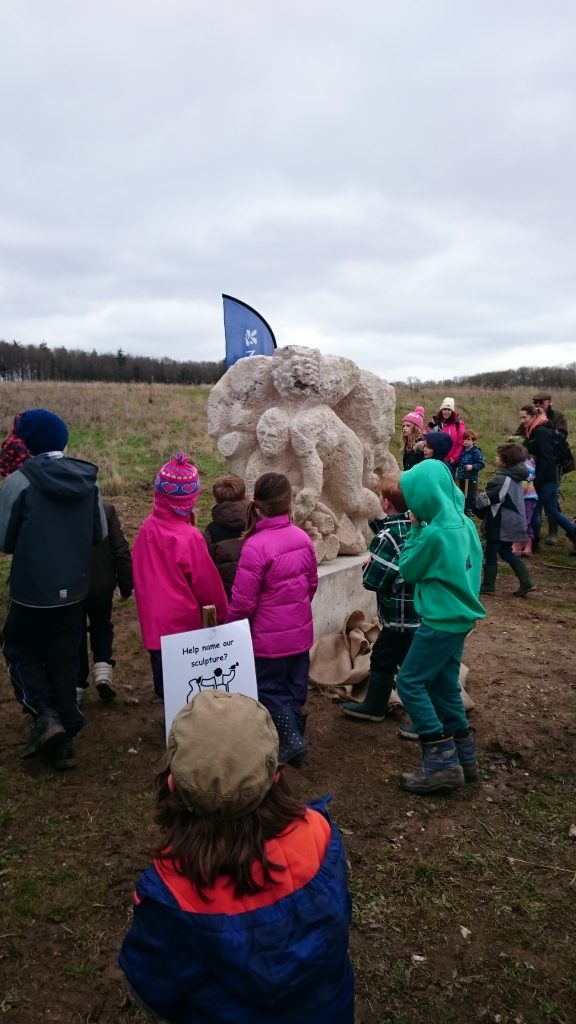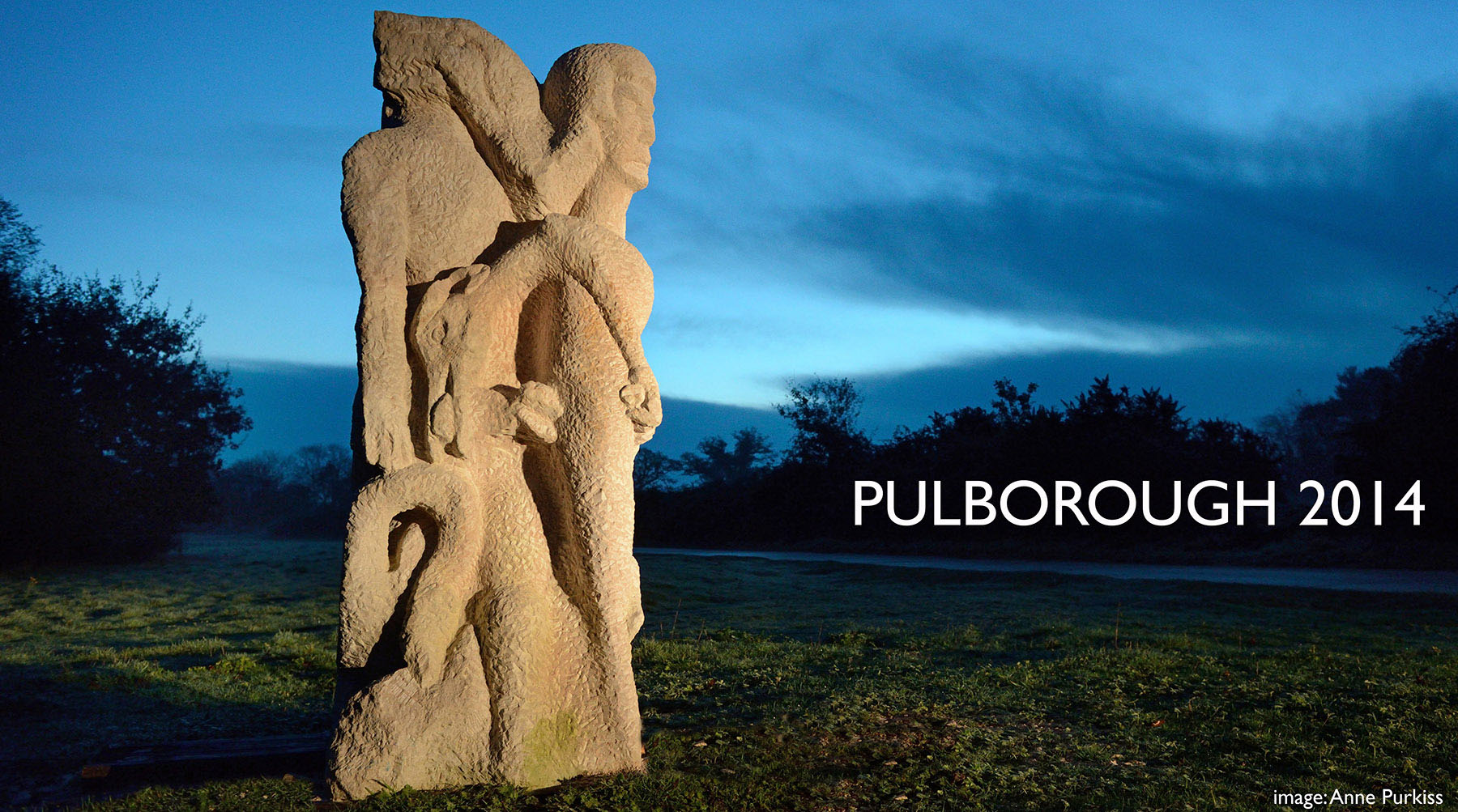SITE-SPECIFIC / SITE-RESPONSIVE INSTALLATION: ARTIST INTERVIEW with Jon Edgar
 The last piece, which is the Horsham piece, is now called Fluvius. It is the most recent development of trying to look at an improvisation process happening in relation to a very distinct geographical area, its community, and its past and its present.
The last piece, which is the Horsham piece, is now called Fluvius. It is the most recent development of trying to look at an improvisation process happening in relation to a very distinct geographical area, its community, and its past and its present.
This particular project was funded through CIL monies, which is a community infrastructure levy upon developers as a means of providing something for the local community as a condition of the grant of a planning permission – from eg., allotments to public art.
I was approached about six years ago by a major developer to put forward a new way of working to the Planning Authority and whilst such thing would normally be put out to tender, my approach was considered sufficiently special that this was dispensed with – we agreed on the approach of using improvisation to engage with local people, the idea being that with an urban fringe location we could look at the site-specific as a way of engaging with people who were looking to become future residents or who were near neighbours.
So, I started in February 2019, and work on the piece went on until November, the idea being of a programme of interaction with the local community of 6-hour sessions on sixty days – these targeted at the times we thought we would have the most contact with the most people.
The installation of the whole art form involved me working with a 10 tonne block of stone, I as someone who could tutor in the safe use of basic stone-carving tools in order to engage people with this new medium. The reason that I wanted to work with the local community is because I find that the chance element results in the work having more ‘oomph’ and excitement than if all is pre-conceived; most public art is design – most sculptors today are acting as 3D designers, there is a lot of concept in the way, and I want to get right away from that way, I want a lot of uncertainty, and need those people who are becoming involved to take on the same excitement that I am experiencing.
K – Why?
J – Because if they can be engaged for the same reasons that I am creating art, that will improve their dialogue with me; in other words, the input that comes to me. If, for example, someone who has never looked at stone before…………one day there was an old man, he was 95 years old – he was one of the ‘vectors’ of local history; a palimpsest of local history was coming in to the site, from archeology to local people, local stories, local historians……….the background of someone like him, coming along and saying that as he got old he looked more and more into clouds, into stones, and sees all sorts of things coming from them, and as we discussed this, the exciting bit is these different ways of seeing. The richness that comes from the conversations alters your perception of the stone, perhaps subliminally. You start to see things in the stone to promote and bring forward.
The crux of it is that as the core creator I have a raft of, say, seventy-five apprentices working on this Fluvius stone – I think of it as their stone, though at the same time I do not want to be compromised that it’s not mine……
I hope that they think of it as their stone.
K – Any further comment on the site-specificity?
J – The location of the working was about 100M away from the final siting, for health and safety reasons, as one needs to be IN the ‘public envelope’ rather than trapped in a construction site, but it is now installed in the central square of the new development.
The worksite was right next to the river Arun – so, another piece of serendipity was that four years ago I had another stone that was also right next to the Arun, and you realise that you are playing with the same energies, so to speak.
……And – one of the forms that emerged in the bottom part of the Fluvius stone came from someone who I later discovered was Polish – I had met him walking along the river bank, looking quite incongruous in fact, in camouflage gear, but as a result of talking with him we got onto Polish food and it turned out that pike is a national dish in Poland, and he told how he

had caught one from the bridge that we were standing next to. Then that pike form emerged later on in the bottom corner of the Fluvius stone, very ambiguously, but there.
The new local influences around Horsham are quite multicultural but things like that link right back to a national environment – very strong imagery in my mind, and some of these stories emerge as you are carrying out that reductive carving process.
K – Your earlier piece by the river that you referred to? Pulborough Wildbrooks?

J – Yes, that was a sort of trial or prototype of starting to engage more with the public – it started as a ‘barter’ of location for the stone – I needed somewhere with very very good footfall and there was a very established café/restaurant, as well as the RSPB being well-established there – lots of walkers….. I stationed a block of stone, and analysed the days of the week when we could best engage with groups of people – so, if I could engage people with them having a hands-on go with the tools, and doing more than just talking, they became – guardians – I suppose, guardians of the block. I am increasingly conscious that, ‘touch wood’, not one of the raw Portland stone works – Pulborough, the top of Slindon Down, Lewes, the Devil’s Punchbowl, Horsham – has been vandalised. Kids climb on them…feel it’s theirs. Is there something – spiritual…..or…..?
They have no intrinsic material value – is it that they have been imbued with………. ….something…..the people working them having nothing but muscle-power and handheld (wood and steel) tools, no power tools…..?
All of the pieces are ‘abstract figurative’. They sit in the formal tradition, are not conceptual, they don’t need stories with them. They are ambiguous enough for people to make their own stories
So, one of the things with my stones is that they are the physical manifestation of what happened through that working process. And throughout, what I have been doing is putting out my musings and news, both to spread the news and also as a record of the work developing. The musings and news, the happenigs and discoveries are all important too. The South Downs site at Slindon resulted not only in the stone sculpture there, but also a small book which is now being published, and which both supports the work of the sculpture, and also stands alone.
I am very conscious of what ‘sits in the ether’. Nowadays the Web holds everything together – picture something like the Gormley archive online; linking pieces, making sense. When the servers go down and the lights go out these pieces will all have to survive on their own and may be discovered, like Olmec heads, in future civilisations.
The printed book form does link, and will endure, but I want to look to other ways to link the stones in their diverse locations.Perhaps for ego reasons? Perhaps just to put ‘siblings’ in touch with each other in some way – or to give hints to future generations that diverse old lumps of rock are indeed related.
When we shuffle off the earth, each of us, no-one will want…(our possessions)…but there is a sustainability in working with Portland stone – it’s going to be around for years and years; psychologically you can get closure with these works. They probably ‘fly’ – they are not going to get stolen, or crumble.
I would like to leave something in those stones.
